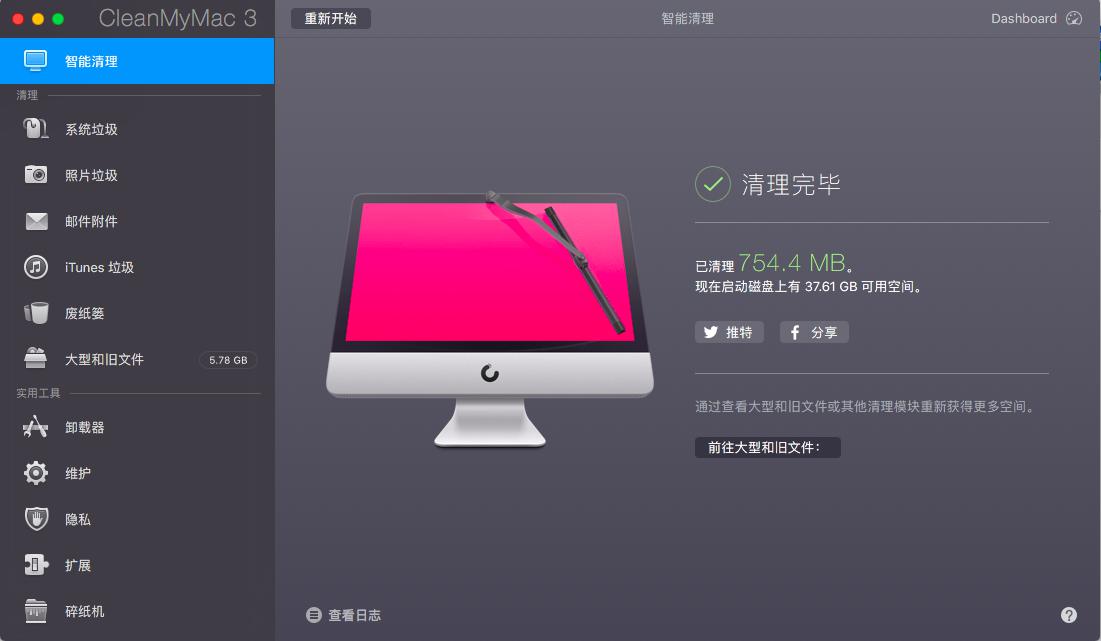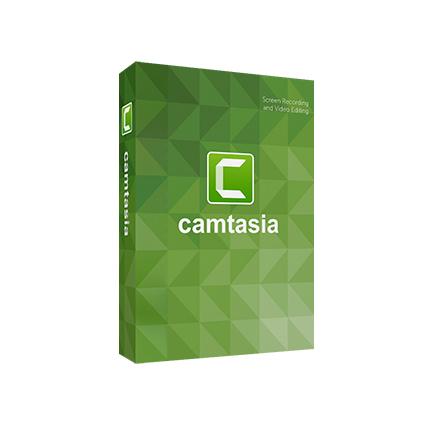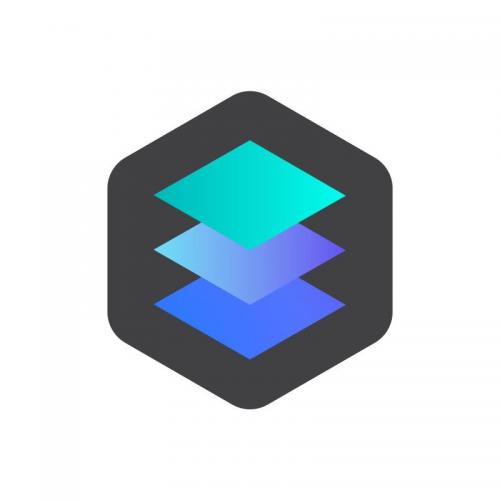提高你的Pandas代码速度的两个绝妙技巧
 发布于2024-11-12 阅读(0)
发布于2024-11-12 阅读(0)
扫一扫,手机访问
如果你曾经使用过Pandas处理表格数据,你可能会熟悉导入数据、清洗和转换的过程,然后将其用作模型的输入。然而,当你需要扩展和将代码投入生产时,你的Pandas管道很可能开始崩溃并运行缓慢。在这篇文章中,我将分享2个技巧,帮助你提升Pandas代码的执行速度,提高数据处理效率并避免常见的陷阱。

技巧1:矢量化操作
在Pandas中,矢量化操作是一种高效的工具,能够以更简洁的方式处理整个数据框的列,而无需逐行循环。
它是如何工作的?
广播是矢量化操作的一个关键要素,它允许您直观地操作具有不同形状的对象。
eg1: 具有3个元素的数组a与标量b相乘,得到与Source形状相同的数组。

eg2: 在进行加法运算时,将形状为(4,1)的数组a与形状为(3,)的数组b相加,结果会得到一个形状为(4,3)的数组。

已有很多文章讨论了这一点,特别是在深度学习中,大规模矩阵乘法很常见。本文将以两个简短例子进行讨论。
首先,假设您想要计算给定整数在列中出现的次数。以下是 2 种可能的方法。
"""计算DataFrame X 中 "column_1" 列中等于目标值 target 的元素个数。参数:X: DataFrame,包含要计算的列 "column_1"。target: int,目标值。返回值:int,等于目标值 target 的元素个数。"""# 使用循环计数def count_loop(X, target: int) -> int:return sum(x == target for x in X["column_1"])# 使用矢量化操作计数def count_vectorized(X, target: int) -> int:return (X["column_1"] == target).sum()
现在假设有一个DataFrame带有日期列并希望将其偏移给定的天数。使用矢量化操作计算如下:
def offset_loop(X, days: int) -> pd.DataFrame:d = pd.Timedelta(days=days)X["column_const"] = [x + d for x in X["column_10"]]return Xdef offset_vectorized(X, days: int) -> pd.DataFrame:X["column_const"] = X["column_10"] + pd.Timedelta(days=days)return X
技巧2:迭代
「for循环」
第一个也是最直观的迭代方法是使用Python for循环。
def loop(df: pd.DataFrame, remove_col: str, words_to_remove_col: str) -> list[str]:res = []i_remove_col = df.columns.get_loc(remove_col)i_words_to_remove_col = df.columns.get_loc(words_to_remove_col)for i_row in range(df.shape[0]):res.append(remove_words(df.iat[i_row, i_remove_col], df.iat[i_row, i_words_to_remove_col]))return result
「apply」
def apply(df: pd.DataFrame, remove_col: str, words_to_remove_col: str) -> list[str]:return df.apply(func=lambda x: remove_words(x[remove_col], x[words_to_remove_col]), axis=1).tolist()
在 df.apply 的每次迭代中,提供的可调用函数获取一个 Series,其索引为 df.columns,其值是行的。这意味着 pandas 必须在每个循环中生成该序列,这是昂贵的。为了降低成本,最好对您知道将使用的 df 子集调用 apply,如下所示:
def apply_only_used_cols(df: pd.DataFrame, remove_col: str, words_to_remove_col: str) -> list[str]:return df[[remove_col, words_to_remove_col]].apply(func=lambda x: remove_words(x[remove_col], x[words_to_remove_col]), axis=1)
「列表组合+itertuples」
使用itertuples与列表相结合进行迭代肯定会更好。itertuples生成带有行数据的(命名)元组。
def itertuples_only_used_cols(df: pd.DataFrame, remove_col: str, words_to_remove_col: str) -> list[str]:return [remove_words(x[0], x[1])for x in df[[remove_col, words_to_remove_col]].itertuples(index=False, name=None)]
「列表组合+zip」
zip接受可迭代对象并生成元组,其中第i个元组按顺序包含所有给定可迭代对象的第i个元素。
def zip_only_used_cols(df: pd.DataFrame, remove_col: str, words_to_remove_col: str) -> list[str]:return [remove_words(x, y) for x, y in zip(df[remove_col], df[words_to_remove_col])]
「列表组合+to_dict」
def to_dict_only_used_columns(df: pd.DataFrame) -> list[str]:return [remove_words(row[remove_col], row[words_to_remove_col])for row in df[[remove_col, words_to_remove_col]].to_dict(orient="records")]
「缓存」
除了我们讨论的迭代技术之外,另外两种方法可以帮助提高代码的性能:缓存和并行化。如果使用相同的参数多次调用 pandas 函数,缓存会特别有用。例如,如果remove_words应用于具有许多重复值的数据集,您可以使用它functools.lru_cache来存储函数的结果并避免每次都重新计算它们。要使用lru_cache,只需将@lru_cache装饰器添加到 的声明中remove_words,然后使用您首选的迭代方法将该函数应用于您的数据集。这可以显着提高代码的速度和效率。以下面的代码为例:
@lru_cachedef remove_words(...):... # Same implementation as beforedef zip_only_used_cols_cached(df: pd.DataFrame, remove_col: str, words_to_remove_col: str) -> list[str]:return [remove_words(x, y) for x, y in zip(df[remove_col], df[words_to_remove_col])]
添加此装饰器会生成一个函数,该函数会“记住”之前遇到的输入的输出,从而无需再次运行所有代码。
「并行化」
最后一张王牌是使用 pandarallel 跨多个独立的 df 块并行化我们的函数调用。该工具易于使用:您只需导入并初始化它,然后将所有 .applys 更改为 .parallel_applys。
from pandarallel import pandarallelpandarallel.initialize(nb_workers=min(os.cpu_count(), 12))def parapply_only_used_cols(df: pd.DataFrame, remove_col: str, words_to_remove_col: str) -> list[str]:return df[[remove_col, words_to_remove_col]].parallel_apply(lambda x: remove_words(x[remove_col], x[words_to_remove_col]), axis=1)
产品推荐
-

售后无忧
立即购买>- DAEMON Tools Lite 10【序列号终身授权 + 中文版 + Win】
-
¥150.00
office旗舰店
-

售后无忧
立即购买>- DAEMON Tools Ultra 5【序列号终身授权 + 中文版 + Win】
-
¥198.00
office旗舰店
-

售后无忧
立即购买>- DAEMON Tools Pro 8【序列号终身授权 + 中文版 + Win】
-
¥189.00
office旗舰店
-

售后无忧
立即购买>- CorelDRAW X8 简体中文【标准版 + Win】
-
¥1788.00
office旗舰店
-
 正版软件
正版软件
- 币圈网站大全
- 核⼼答案:数字货币领域内提供全面信息的知名币圈网站包括:交易平台:Binance、火币网、OKX数据和分析:CoinMarketCap、CoinGecko、Messari新闻和信息:Cointelegraph、CoinDesk、Decrypt工具和资源:MetaMask、Etherscan、Blockfolio
- 11分钟前 0
-
 正版软件
正版软件
- 两分钟1200帧的长视频生成器StreamingT2V来了,代码将开源
- 广阔的战场,风暴兵在奔跑……prompt:Wideshotofbattlefield,stormtroopersrunning...这段时长达1200帧的2分钟视频是由文本生成视频(text-to-video)模型生成的。尽管AI的痕迹仍然显而易见,但其中的人物和场景展现出相当不错的一致性。这是如何办到的呢?要知道,虽然近些年文生视频技术的生成质量和文本对齐质量都已经相当出色,但大多数现有方法都聚焦于生成短视频(通常是16或24帧长度)。然而,适用于短视频的现有方法通常无法用于长视频(≥64帧)。即使是生
- 21分钟前 AI 训练 0
-
 正版软件
正版软件
- 虚拟币交易需要手续费吗
- 是的,大多数虚拟币交易都需要支付手续费。主要类型包括矿工费、交易费和网络费。手续费受交易类型、规模、网络拥堵和交易速度等因素影响。要减少费用,可以:选择低费平台、适时交易、合并交易,或使用低费虚拟币。
- 36分钟前 0
-
 正版软件
正版软件
- 摇滚传奇再现:Marshall Major V头戴式蓝牙耳机全面评测
- 4月30日消息,提及与摇滚乐级密相关的品牌,许多消费者首先会想到Marshall。自1962年诞生以来,Marshall品牌便与摇滚音乐结下了不解之缘,其产品频频亮相于各大摇滚乐队的演出中,使得“摇滚”这一标签深深烙印在品牌的基因之中。作为其标志性产品系列之一,MarshallMajor头戴式耳机更是凭借其独特的设计理念和出色的音质表现,赢得了市场的广泛认可。根据时间推移,MarshallMajor系列耳机已经发展到第五代产品—MajorV。虽然从外观上看,MajorV与前代产品MajorIV相似,并无太
- 51分钟前 0
-
 正版软件
正版软件
- 索尼全新“鹦鹉”Xperia 10 VI曝光,搭载骁龙6 Gen1吸睛
- 索尼即将推出全新智能手机Xperia10VI,内部代号为“鹦鹉”。近日,这款手机已在知名的跑分网站Geekbench上亮相,吸引了众多消费者的目光。据悉,这款手机已经通过了多项测试,并且其性能表现非常优秀,深受消费者的青睐。这款手机最大的亮点在于其搭载的骁龙6+Gen1处理器,配合6.1英寸的小巧屏幕,将为用户带来出色的运算性能和便捷的操作体验。在Geekbench的性能测试中,型号为XQ-ES10的Xperia10VI取得了令人瞩目的成绩。据小编了解,在单核测试中,该机型的得分为934分,而在多核测试中
- 1小时前 13:50 索尼 0
最新发布
-
 1
1
- 阿里追捧的中台,“热度”退了?
- 1873天前
-
 2
2
- Overture设置踏板标记的方法
- 1710天前
-
 3
3
- 思杰马克丁取得CleanMyMac中国区独家发行授权
- 1700天前
-
 4
4
- IBM:20万台Mac让公司职工在工作中更快乐 更多产
- 1898天前
-
 5
5
- 报道称微软一直在悄然游说反对“维修权”立法!
- 1864天前
-
 6
6
- 美国怀疑华为窃取商业机密 华为:身正不怕影子斜
- 1860天前
-
 7
7
- 三星被曝正与联发科接洽 A系列手机有望搭载其5G芯片
- 1875天前
-
 8
8
- 环球墨非完成千万级融资 联合企业集团投资
- 1896天前
-
 9
9
相关推荐
热门关注
-

- Xshell 6 简体中文
- ¥899.00-¥1149.00
-

- DaVinci Resolve Studio 16 简体中文
- ¥2550.00-¥2550.00
-

- Camtasia 2019 简体中文
- ¥689.00-¥689.00
-

- Luminar 3 简体中文
- ¥288.00-¥288.00
-

- Apowersoft 录屏王 简体中文
- ¥129.00-¥339.00